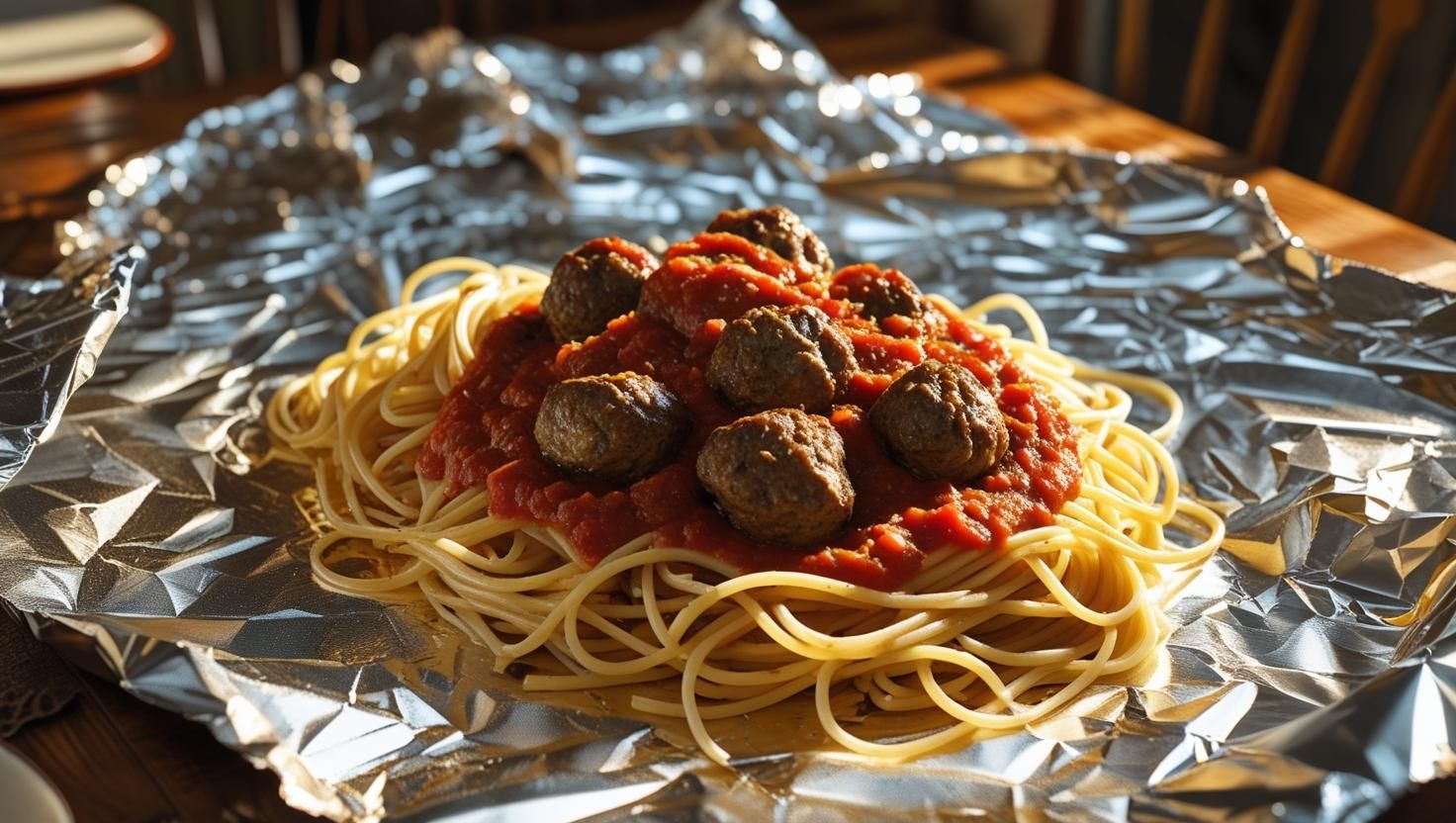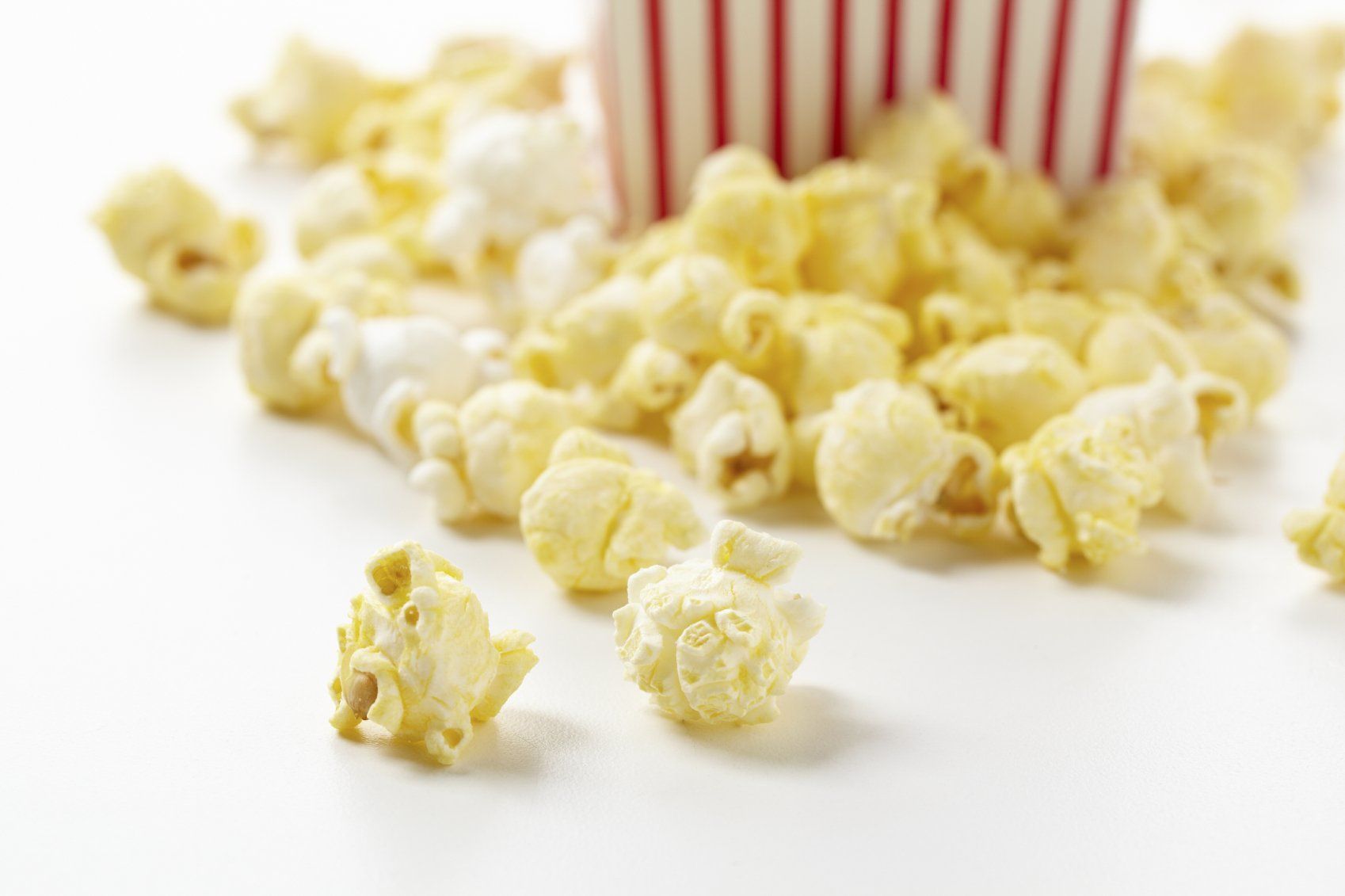Let's Talk About Our Children's Mental Health
Let's Talk About Our Children's Mental Health
MEDICAL DISCLAIMER:
***The information provided on the podcast and featured blog is not intended or implied to be a substitute for professional medical advice, diagnosis or treatment. All content including text, audio, links, and information contained on or available through this podcast and blog is for general information purposes only.***
In this month's podcast episode, we were joined by the amazing Whitney Thompson, a pediatric mental health therapist and author of the Superhero Blog (anchorcounselingcenters.com) that uses Marvel characters to help children understand big emotions in a way that is relatable and motivating to them. It also provides great advice to parents on how to have conversations with their children about big emotions and how to help them navigate difficult aspects of development such as working as part of a team, feeling excluded, and making good choices.
Talking to children about mental health and teaching emotional regulation skills is a hot topic families ask about all the time. With more and more research constantly coming out showing the staggering number of children who are impacted by mental health concerns, addressing mental health from an early age has never been more important than it is right now. According to the CDC, 1 in 6 children in the US has a diagnosed mental, behavioral, or developmental disorder, approximately 5.8 million children are impacted by anxiety, 2.7 million have depression, and 5.5 million have behavioral concerns. Mental health concerns are a huge problem in our country that is significantly impacting our youth and many parents feel lost as to where to begin to help their children navigate strong emotions.
Integrating Conversation about Feels and Emotions into Everyday Life
Whitney's blog and her podcast episode provide families with some easy way to integrate conversations about feelings and emotions into our everyday lives. Here are a few of her suggestions:
1. Rose, thorn, and bud: At the end of the day, sit down as a family and share one thing you're proud of from the day (rose), one thing that didn't go the way you wanted (thorn), and one thing you are excited about working on for the future (bud).
2. Practice what you preach: Children are looking to their parents to be role models for how to handle new and challenging situations so make sure you are giving them a good example of the behavior you expect from them. If you tend to yell when you are angry, your child will also learn to deal with anger by yelling.
3. It's never too early to start talking to kids about emotions. Whitney shared an awesome story about a child in her life being able to recognize happy, sad, and mad faces at 18 months old because they practiced it together.
4. Remember that children are not just small adults and they may need more grace and time to understand what they are feeling and how to handle a situation. If your child needs time to process what is happening, let them know that they are free to have that time and you will be available when they are ready to talk.
These are just a few of Whitney's awesome recommendations that will help your children feel more comfortable coming to you directly to discuss emotions, while also building their emotional intelligence. Emotional intelligence is a buzzword that has been getting a lot of media attention over the last few years as more and more research comes out demonstrating how valuable it is to future development. Emotional intelligence is our ability to understand, control, and express our own emotions and our ability to recognize and understand emotions in others and use that knowledge to navigate relationships. There is no relationship between emotional intelligence and IQ, it is purely based on our understanding of ourselves and others and it is built through practice. It is also the strongest predictor of future success in life. Higher emotional intelligence is also associated with lower rates of anxiety and depression. One of the best things we can do to support a child's development is to prioritize time in your day to discuss emotions and problem solve through how to handle various scenarios. Working on emotional intelligence is also a double win for parents because while it helps set their child up for future success, it also builds stronger and deeper personal connections between
Sources:
Superhero Blog (anchorcounselingcenters.com)
Data and Statistics on Children's Mental Health | CDC
Why You Need Emotional Intelligence To Succeed (forbes.com)









